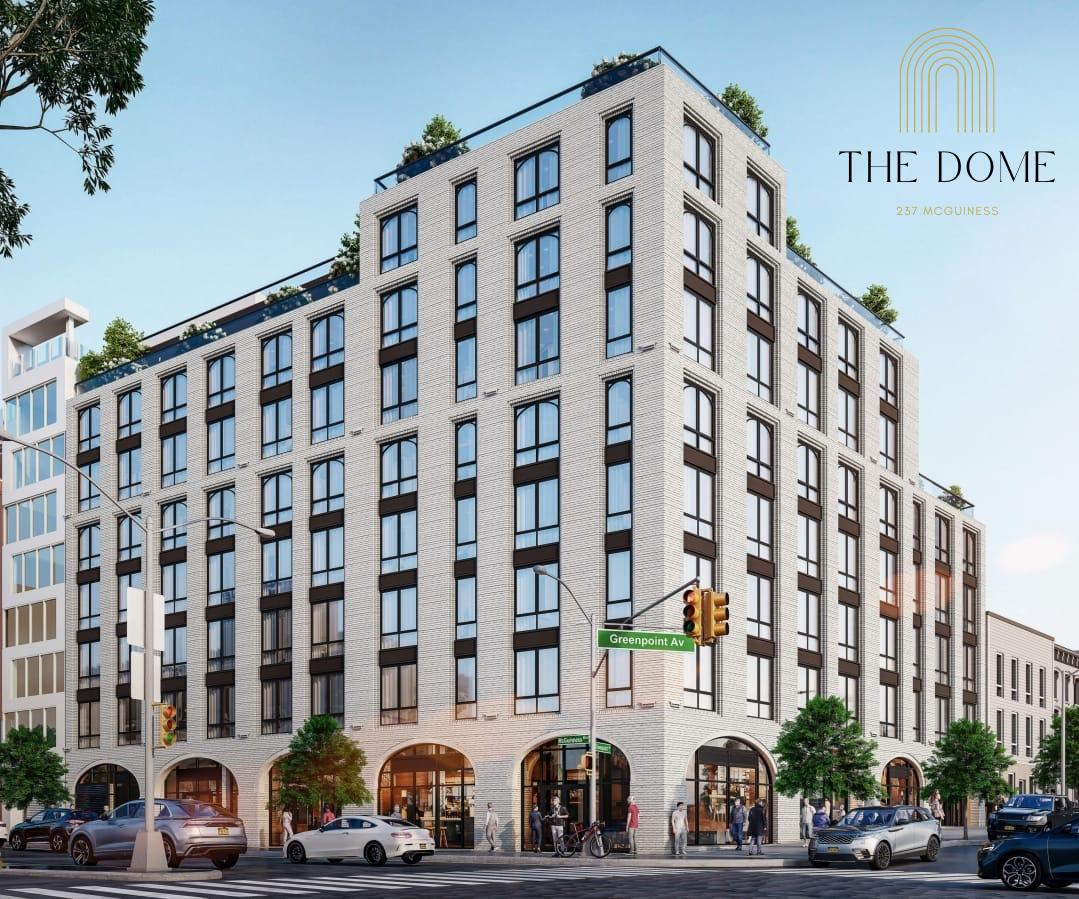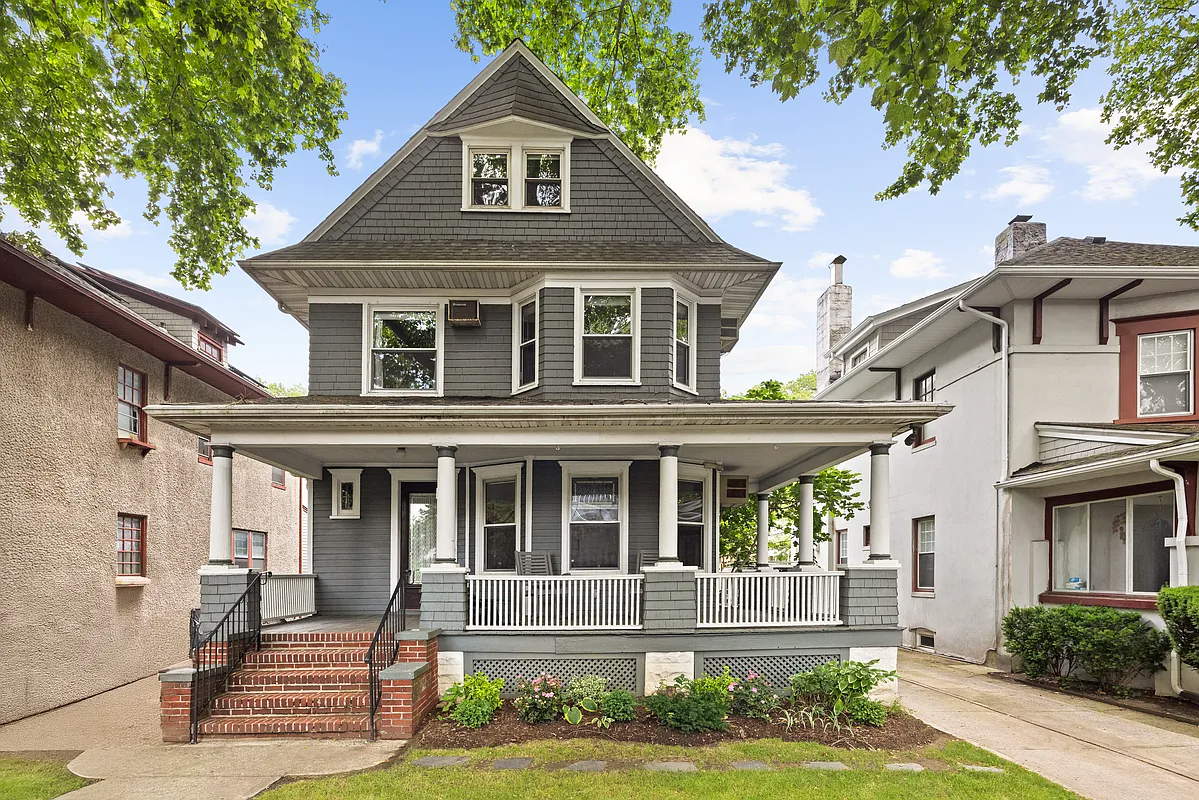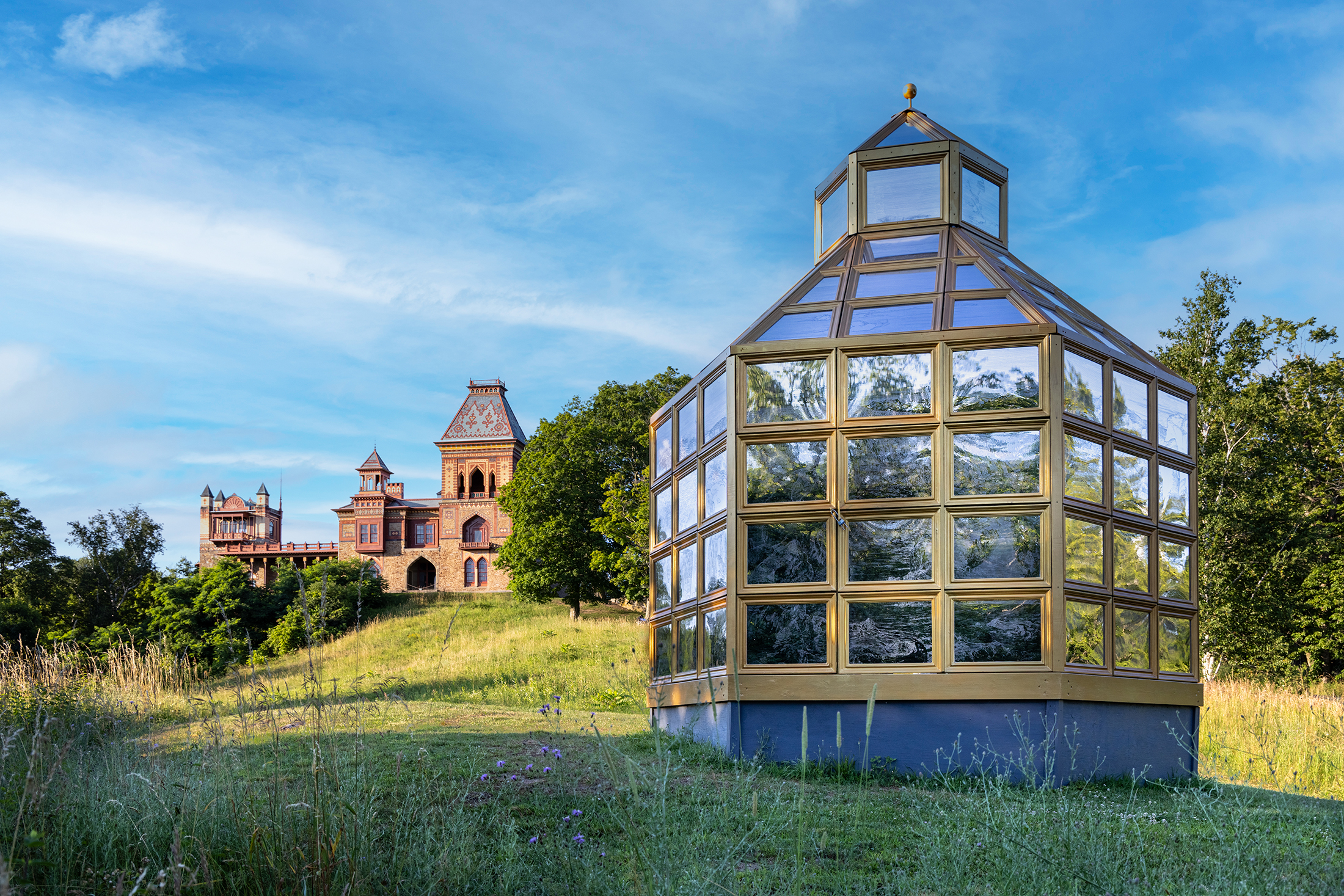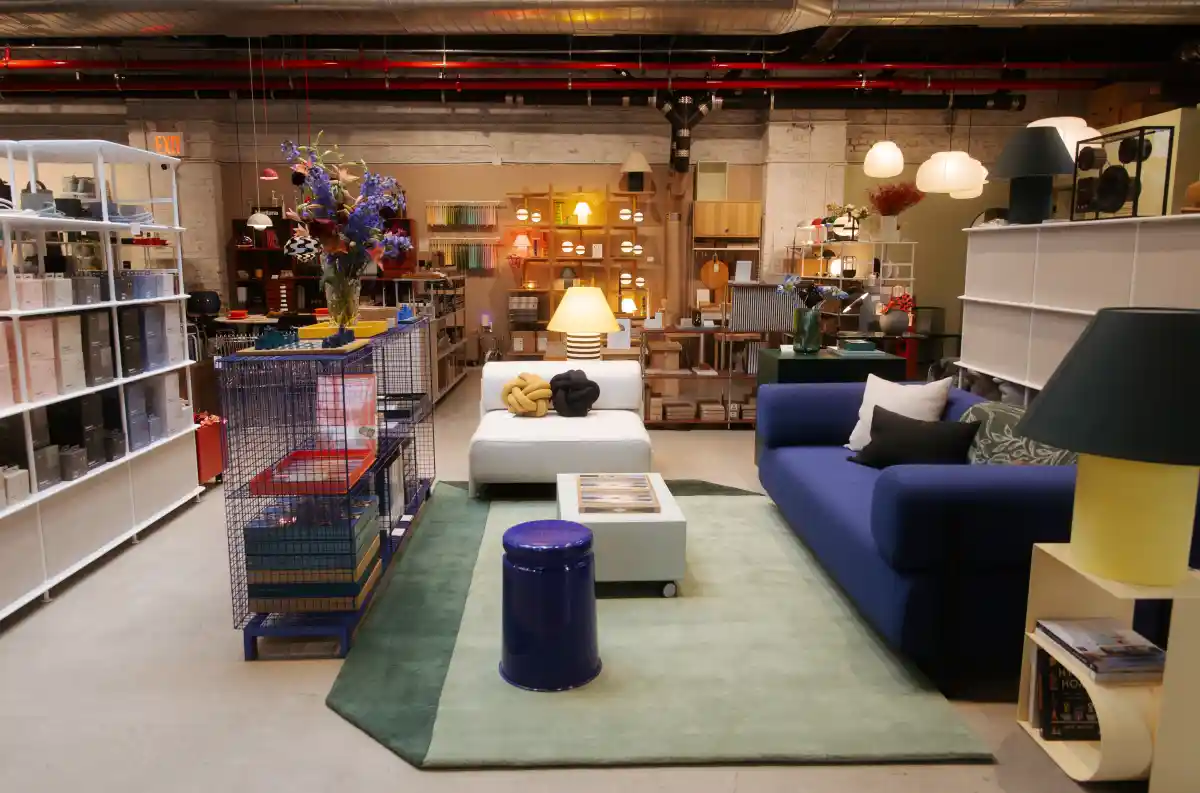Prospect Heights Garden Build: The Design
Landscape designer Joanna Pertz continues to document a new garden project in Prospect Heights. You can view the first post here. When I look at a space I think of the Geometry first, then the Program (or what the family wants to do in the space) second and finally what Plants will thrive. I roll…



Landscape designer Joanna Pertz continues to document a new garden project in Prospect Heights. You can view the first post here.
When I look at a space I think of the Geometry first, then the Program (or what the family wants to do in the space) second and finally what Plants will thrive. I roll through these criteria again and again as I develop a design. Soon I will fix on a specific material that I want to see in the space and never forget the budget that I must work within.
The geometry:
The shape of this garden is a challenge. It’s like a railroad apartment, rooms are interrupted by circulation space and neither feels open. The right geometry will inspire you or your eye to move thru the space, experience a change and have a place to rest. Curving paths in small gardens are tempting and tricky- they are often too busy and do not embrace the size of the garden and how many curves it can hold. I recommend one or two wide curves, if any. This design will try and get away from having a real path by blurring the line between planting and path.and creating rooms with fluid circulation by introducing topography. I am proposing a planted mound to offer a strong change in the ground plan and bring the garden abit closer to the deck above. I want to bring movement as well as a unifying architectural element into the space, this element will be a wide horizintial board fence, like ribbons, built on site.
The program:
A deck for gathering and eating, a welcoming stair, horizontal fencing, areas to sit with children, a basket ball hoop, a sand box, and vegetable beds. And something to hold a casual object for display.
The plantings:
Grasses, clover, thyme, bulbs, fern, skimmia, blueberries, deciduous azalea and the requested a dogwood and a Japanese maple.
The materials:
The fewer types of materials the better. The pallet of hard materials (not plants) sets the tone of the garden and restraint in material chose brings clarity to the feeling of the space. A garden is a great opportunity to explore different ways to use the same material. This pushes the materials and reveals more about them. Working materials gives soul to a place.
I love concrete and I love my client who loves concrete and understands that it need not be cold. I love wood and steel. I want to make the deck polished concrete with the aggregate exposed, I want to keep the fence low, open and still create a strong enclosure for the space. I am proposing a cedar board fence with wide openings, 4′-6′ tall. Rectangular planting beds will slide into the mound the frame will be steel and its edge will be revealed with the slope of the mound The structure of the deck and its articulations are also steel, painted or galvanized…we’ll see.





Oh, Sam…hhh…
Then plant some other native that is evergreen.
Joanna, just one little thing, I’m not sure what your ideas about garden lighting are, but some people go a little nutty. I’m sure you have a subtle touch, but try to dissuade your clients/friends from wanting a lot of bright lighting, up lights, area lighting.
By the way, no shed or small water feature? Will the hill be covered in turf? And I can’t quite make out how the vegetable beds work. What appears to be beds also look to be much less square footage compared to the original raised beds depicted in the photo on the previous thread.
Where is that huge tree that appears in the elevation above? Is it a number of yards over? The photo of the yard on the previous thread and your comments there indicate the large tree being a third of the way from the back…
Oh, well…best of luck on this. It IS back-breaking work. All the power to you.
BGlady
What’s the over-under on this project budget? $50,000? More?
Deck + thousands of Ln/Ft of cedar fence + plantings.
I dislike oak leaf hydrangeas, they look like death warmed over all winter long. Definitely the ugliest plant in winter.
I’m sorry for all my free advice and admonishing on your previous entry, but I still want to add my 2 or 3 cents:
Think about planting some oak-leaved hydrangeas…and I wouldn’t mind hearing about some evergreens (preferably natives). You might think about smaller fruit trees (and fruit in general) such as native serviceberry, or a dwarf apple–since there are children in the home, fruit is always great for them! Also, rasperberries and grapes can do well in Brooklyn backyards–and again, they are loved by kids! I’m glad, from the sound of it, you’re choosing native azaleas.
One thing regarding “cement”, think a little bit about the amount of energy used to produce it. It is one of the most energy-intensive building products (steel isn’t so great either). If you must use it, try to make sure you get a high percentage fly ash mix. It is stronger, well-suited for exteriors, and uses a “waste product”.
Please don’t do that simple horizontal boards which can create a narrowing visual effect. Mix it up a little with horizontal areas and vertical areas otherwise. And, as I mentioned in my previous comments on the other thread, think about a living fence instead of hard barriers only–there are lots of ways of doing this.
One note on the sandbox: make sure to make it a temporary structure…maybe with wood plank sides that can be broken down. The sandbox might not be needed for very long.
One design idea that I think can work, try to locate an open tall tree near the deck to partially obscure both neighbors and the view into the yard…I have found that you don’t have to have a curving path, but layers of views that open up as you move through the space are very pleasing.